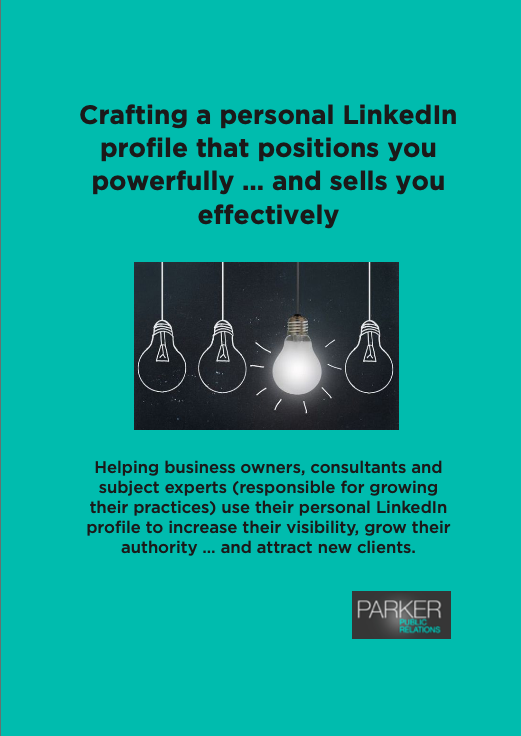
Public relations has undergone dramatic changes in recent years with the advent of the online world, new ways of distributing news and the challenges facing journalists. But have these changes seen a shift away from good ol’ media release?
Interestingly, no.
When crafted well, media releases continue to remain the critical starting point for most media campaigns.
Here are SEVEN best practise recommendations that will ensure your media release gets read.
1. Make your headlines stand out
Your media release headlines may be a relatively small part of your release, but they play a massive role in its effectiveness. Not only do headlines set the tone of what to expect but they determine if your release gets passed up or read.
To ensure your headline counts:
- Use action words that capture the reader’s attention and create a sense of urgency.
- Keep your headline short and sweet. The optimal length should be 100 characters or less. This also helps if people later want to tweet your release.
- Use simple everyday language. Avoid stuffing your title with keywords, slang, idioms, or industry jargon.
Take your time when creating your headline. You want to pack a punch and leave a lasting impression.
2. Get to the point quickly in your media release
Cover all the essential information in the first paragraph. Answer the ‘who’,’ what’, ‘when’, ‘where’, ‘why’, and ‘how’ questions as quickly as you can.
Skip any unnecessary background information that could needlessly weigh down the importance of your message. Instead, give the straight-up facts so journalists can quickly understand the story and aren’t left trying to untangling what it’s about.
Also pay special attention to your grammar and spelling. You’d be surprised at how incorrect grammar and poor punctuation can make or break your release.
So double-check, better still triple-check, your work before distribution.
3. Use pithy, relevant quotes in your media release
Personal and pertinent quotes add a human touch to your release. It makes a reader feel like this is not just another commercial company looking for the limelight. A quote gives the message that your news affects real people, and others will want to hear about it.
Choose someone (possibly two people) who are authorities in your organisation and who your media release impacts directly. Ideally one of these should be the CEO but they can also include executives, project leaders, or stakeholders.
US PR guru, Wendy Marx, recommends not any old quote. “Choose a quote that personifies your core message. This will take your announcement from mere background noise, and infuse it with an up-close-and-personal touch that attracts attention,” she says.
4. Don’t make you media release too long
The sweet spot is right around a page – two absolutely tops. Anymore, and you’d be wasting space. Your goal is relay enough relevant details to enable a journalist to turn the story into their own.
Use white space where possible as long paragraphs look and feel overwhelming to readers. Also look at breaking up information into bulleted lists to make the information easy to digest.
View your media release more like bait, says Wendy Marx. “If you want the fish to bite, it should not be too big to swallow.”
5. Make the last paragraph count
Don’t overload the final paragraph with nonessential or redundant details. Instead, add some interesting details that will further enhance your media release.
You might also use your last paragraph to describe the future significance of your news for your company or the industry or provide more detail about research you have conducted.
Make it interesting, but keep it brief. Go out on a high note.
6. Make your media release SEO friendly
When you publish your media release on a syndication site, such as PR Newswire, the quality of your SEO will play a critical role in its visibility.
Ensure you include keywords within your release, subheadings and prominently in your headline.
You never know what journalists and bloggers might stumble upon your release so make sure you take that extra precaution.
7. Share your successes broadly
Should you land an article in the Australian Financial Review, The Age, or Smart Company or get to have an interview on television, radio or a thought leader podcast, don’t leave it there. Post it to Facebook. Tweet about it on Twitter.
In short, help that bit of limelight to live on while also giving your credibility a helpful boost!
Are you looking to lift your profile, build your reputation and become the thought leader and go-to person for your ideas, opinions and knowledge?

